Kitten Ears Plant – Cyanotis somaliensis Live Indoor Plant in 2.5” Pot
Original price was: $17.98.$8.98Current price is: $8.98.
Bring a touch of whimsy with the Kitten Ears Plant! Also known as Cyanotis somaliensis, this fuzzy indoor plant is perfect for any space. Easy to care for and charming!
Out of stock
Estimated arrival
Dec 08
Dec 13 - Dec 15
Dec 18 - Dec 22
Reasonable Price
We offer reasonable price

Support 24/7
Contact us 24 hrs a day

100% Money Back
You've 30 days to Return

Payment Secure
100% secure payment
Kitten Ears Plant – Cyanotis somaliensis: A Fuzzy Delight
The Kitten Ears Plant, scientifically known as Cyanotis somaliensis, is a delightful indoor plant prized for its uniquely soft and fuzzy leaves that resemble kitten ears. This easy-to-grow houseplant belongs to the same family as inch plants and features a trailing habit, making it an excellent choice for hanging baskets, terrariums, or decorative indoor pots. Thriving in bright, indirect light, this plant adds texture and visual interest to any indoor space. Pairing it with plants that have coarser leaves, such as hoya or ivy, creates a visually appealing indoor garden.
With its small and compact growth habit, the Kitten Ears Plant is also ideal for fairy gardens or as a low-maintenance accent on desks or bookshelves. It grows horizontally or trails gracefully from tall planters. To maintain its best appearance, prune any leggy stems to encourage fuller growth. Pruning at any time will not harm the plant and helps keep it neat and bushy. This characteristic makes the Cyanotis somaliensis a great plant for beginners.
Water the Kitten Ears Plant only when the top inch of soil feels dry to the touch, ensuring that the roots do not sit in soggy soil, which can lead to root rot. During the spring and summer growing season, fertilize with a general-purpose houseplant fertilizer to promote healthy growth. In the cooler, darker winter months, it’s best to let the plant rest. This ensures the longevity and health of your Cyanotis somaliensis.
Benefits of the Kitten Ears Plant:
- Soft and unique texture: The fuzzy leaves add tactile appeal to any plant collection.
- Perfect for small spaces: Its compact size fits beautifully in terrariums, desktops, and bookshelves.
- Easy to grow: Tolerates a range of lighting conditions and needs minimal watering.
- Versatile display options: Ideal for hanging baskets or low pots, creating a beautiful trailing effect.
- Low maintenance: Requires pruning only occasionally to maintain shape and size.
This low-maintenance and adaptable plant is perfect for both beginner and experienced plant enthusiasts, adding a touch of whimsy and charm to any indoor setting. Elevate your indoor garden with this delightful Kitten Ears Plant! Its soft, fuzzy leaves and trailing growth will bring life and texture to any space. Order yours today and enjoy the beauty of this easy-care houseplant in your home! Don’t miss out on adding this charming addition to your collection!
Frequently Asked Questions:
- How often should I water my Kitten Ears Plant?
Water when the top inch of soil is dry. Avoid soggy soil to prevent root rot. - Does the Kitten Ears Plant need direct sunlight?
No, bright, indirect light is best. It can tolerate medium light, but may become leggy if light is too low. - How can I keep the plant from becoming leggy?
Prune stems to encourage bushier growth. Cutting back won’t harm the plant and promotes fullness. - What type of fertilizer should I use for my Cyanotis somaliensis?
Use a general-purpose houseplant fertilizer in spring and summer, following package instructions. - Can I grow the Kitten Ears Plant outdoors?
It’s not frost-hardy and should be grown indoors. It can be placed outside in warm months in a shaded area. - How large will my Kitten Ears Plant get in its 2.5″ pot?
Typically, it reaches 6-12 inches tall, but pruning can maintain a desired size. - What are the ideal temperature conditions for my Cyanotis somaliensis?
It thrives in temperatures between 65-75°F (18-24°C), typical indoor temperatures. - Is the Kitten Ears Plant toxic to pets?
It is considered non-toxic, making it a safe option for homes with pets and children. - How do I propagate my Kitten Ears Plant?
Stem cuttings are the easiest method. Place cuttings in water or directly in soil until roots develop. - What kind of pot is best for my Cyanotis somaliensis?
A pot with good drainage is essential to prevent root rot. Terracotta or plastic pots work well.
Be the first to review “Kitten Ears Plant – Cyanotis somaliensis Live Indoor Plant in 2.5” Pot”
-
USDA Hardiness Zone
Not frost-hardy; suitable for indoor growing zones -
Soil Type
Well-draining potting mix -
Sunlight Exposure
Bright, indirect light preferred -
Expected Planting Period
Best grown year-round indoors

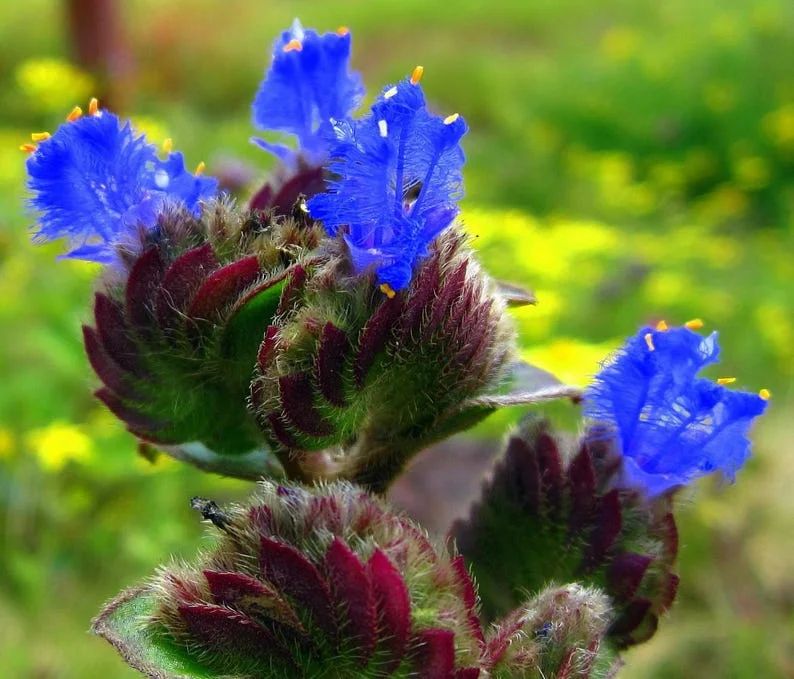

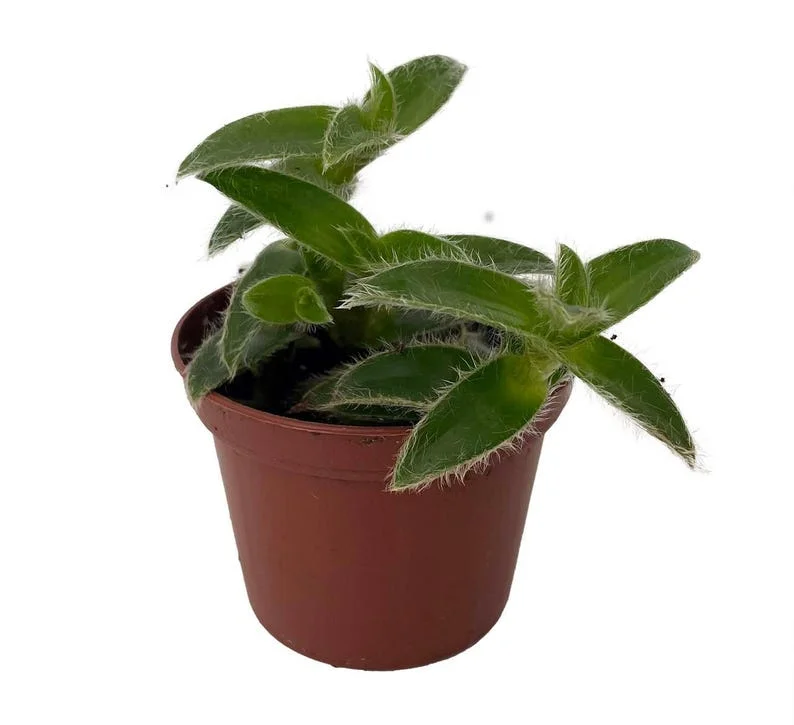
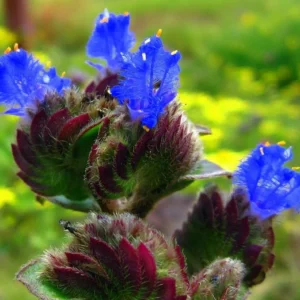
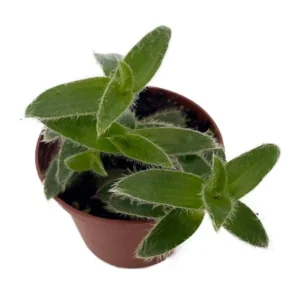


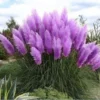




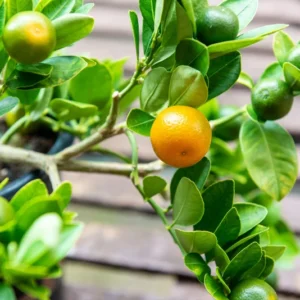
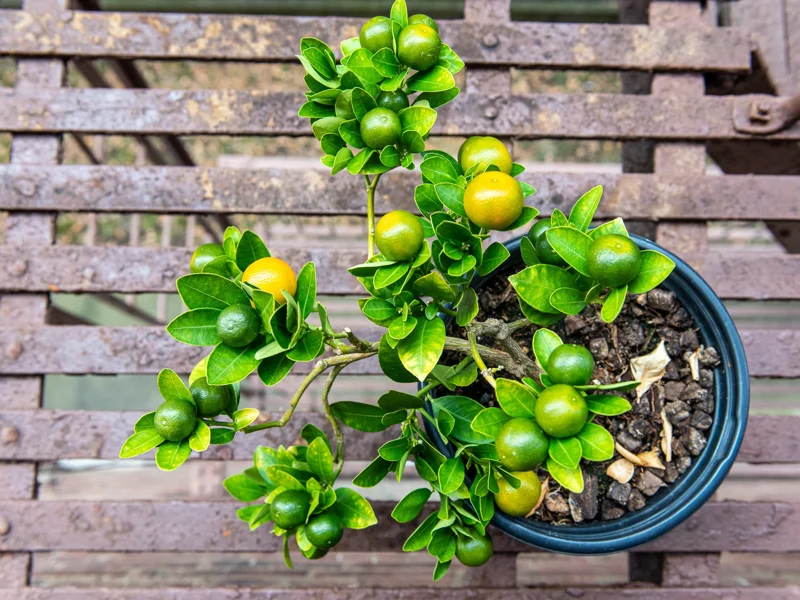
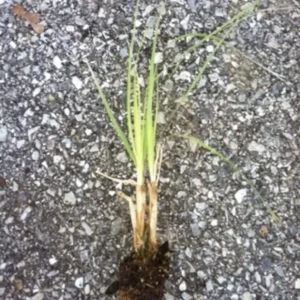
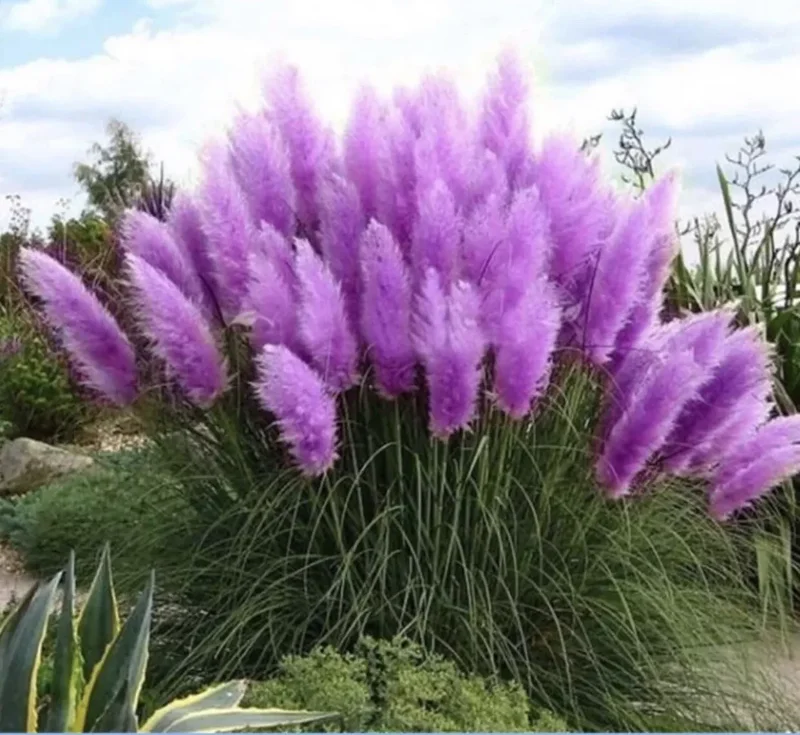



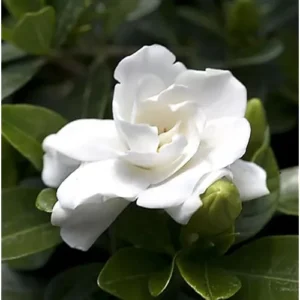
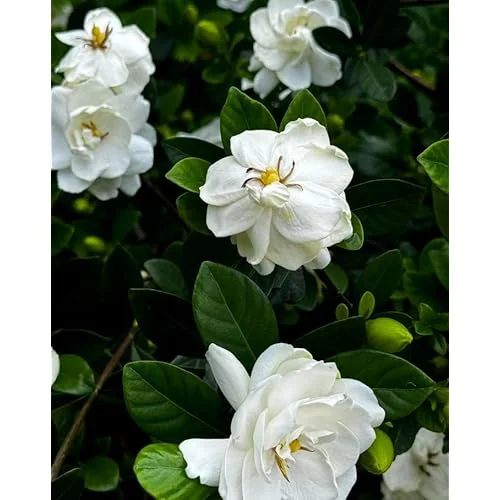

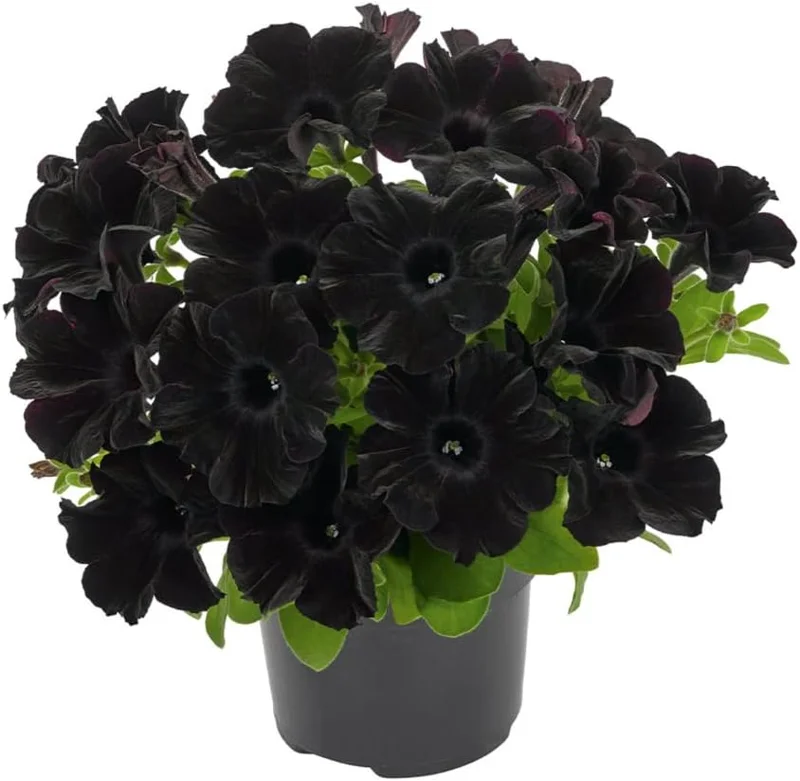
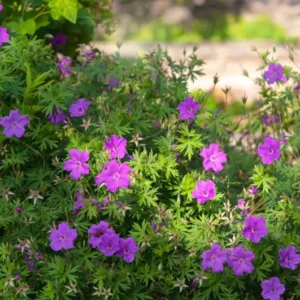




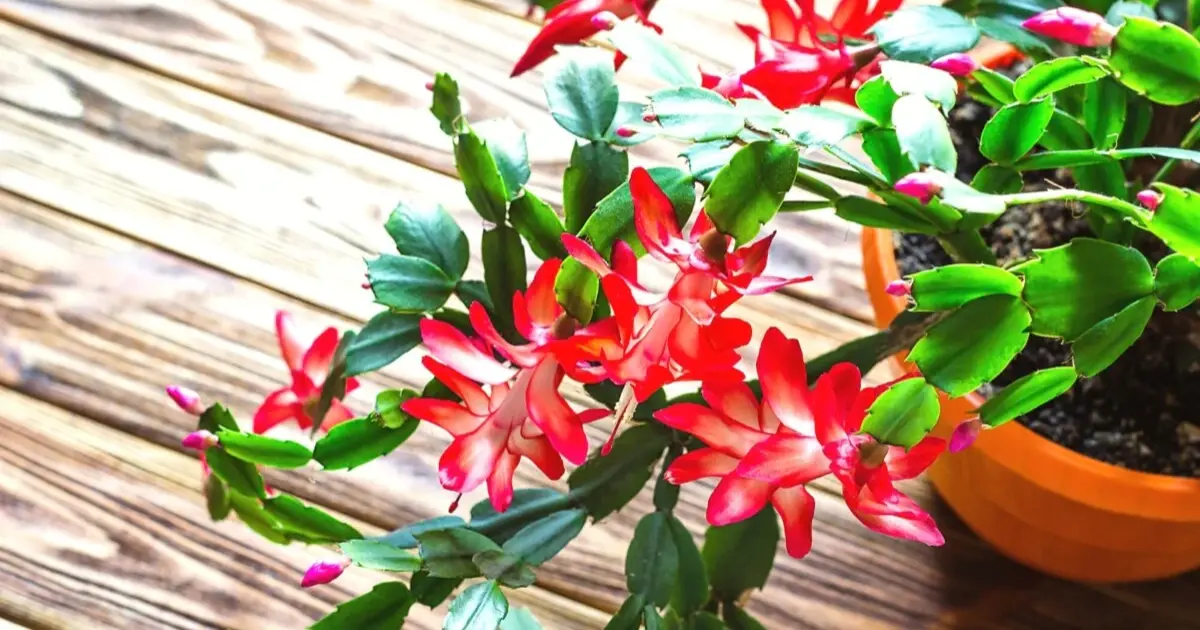
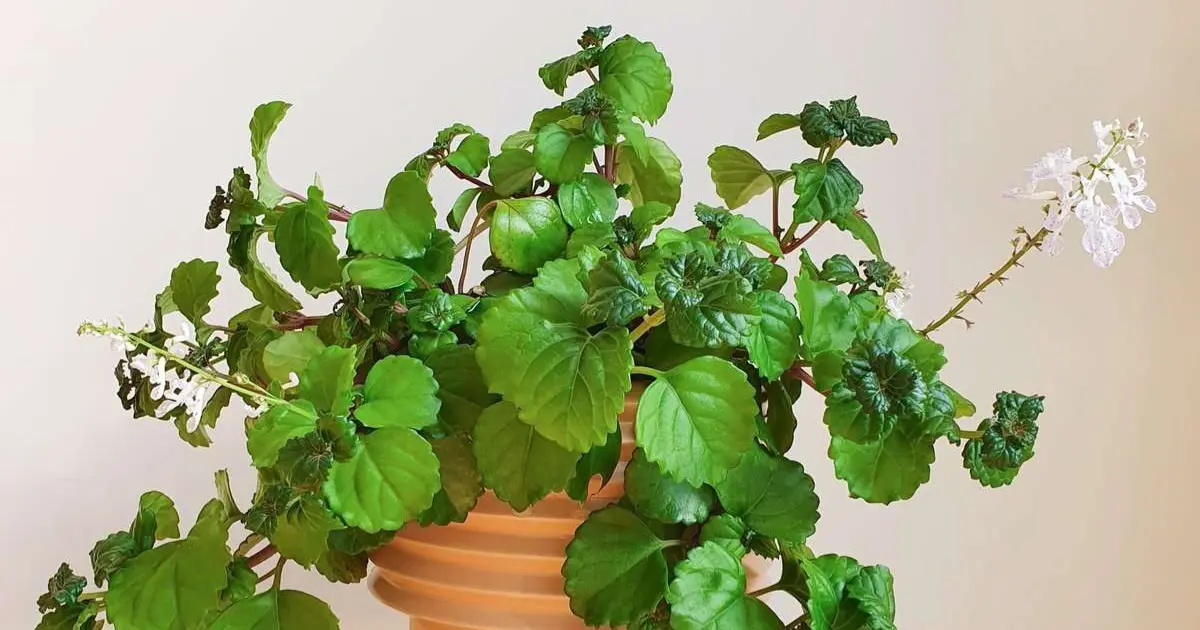
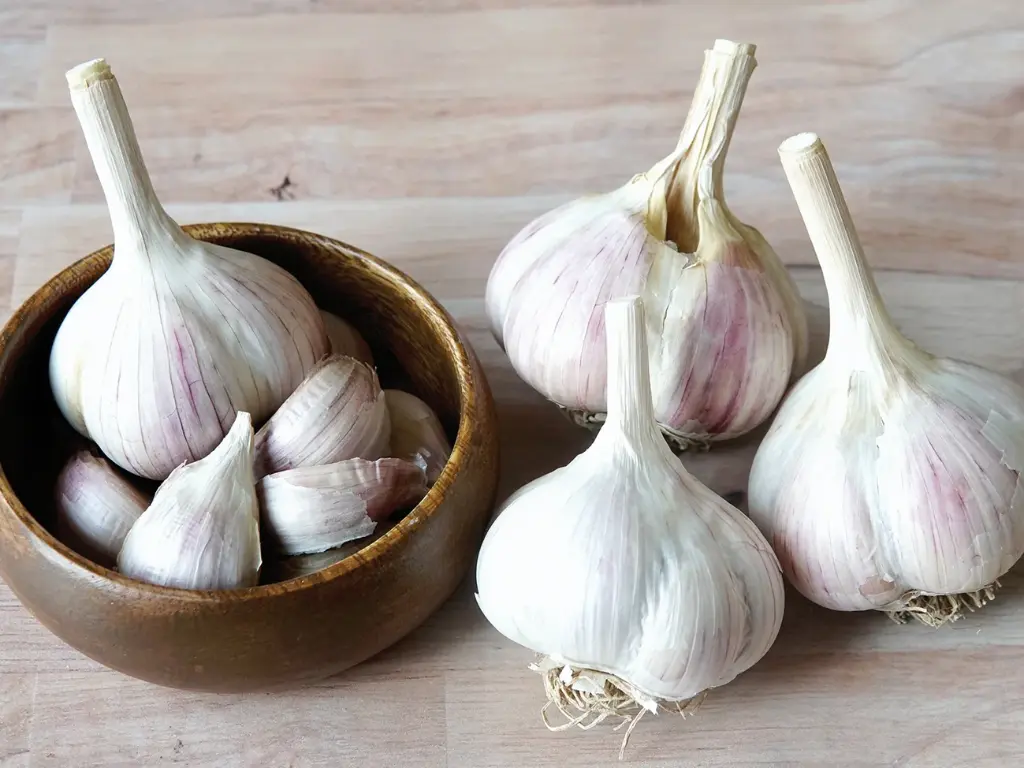
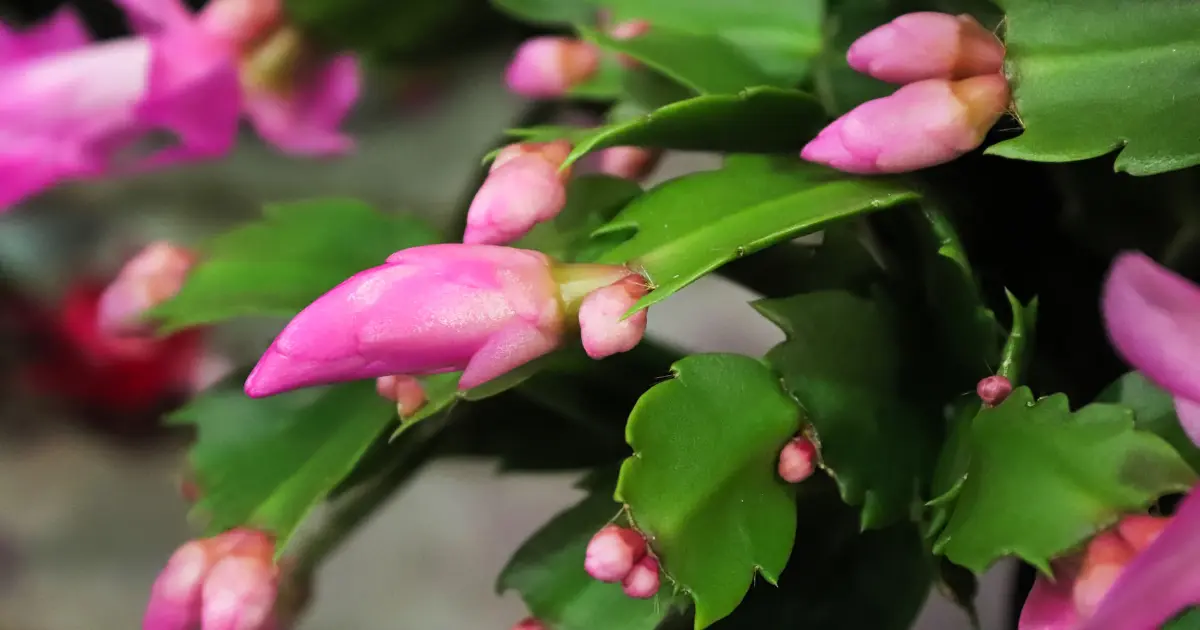
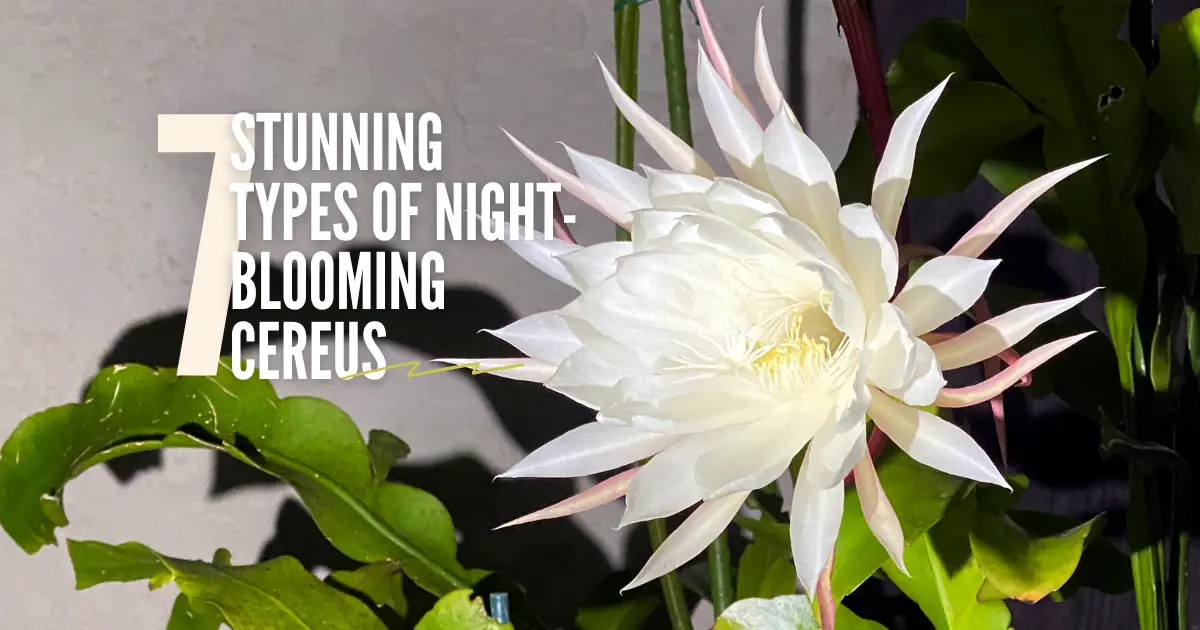



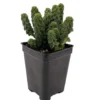

Reviews
There are no reviews yet.